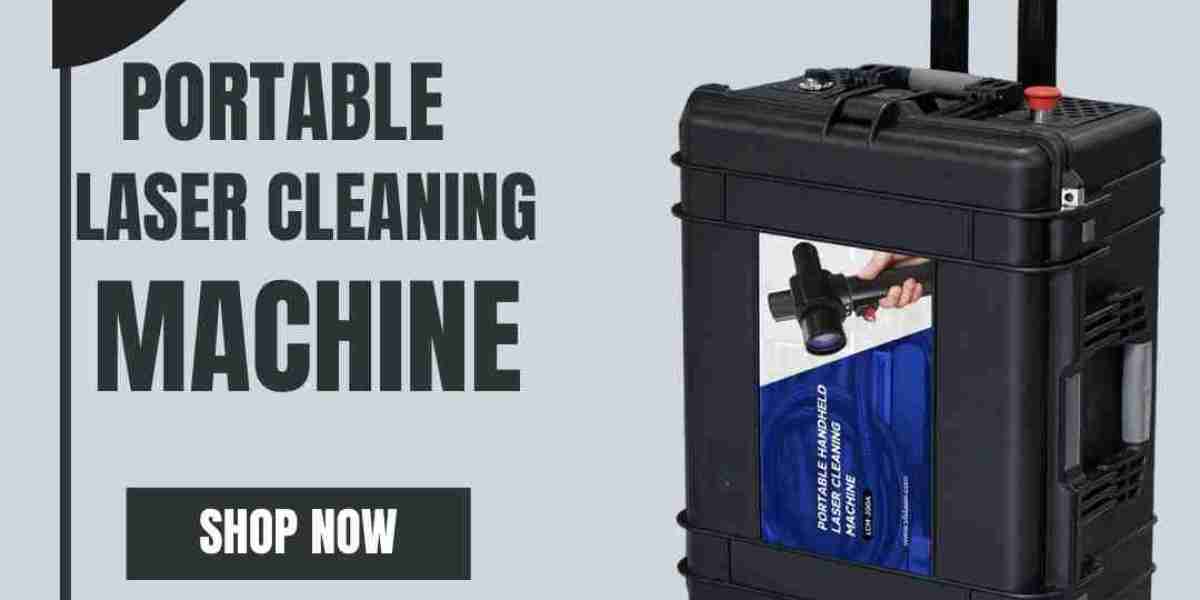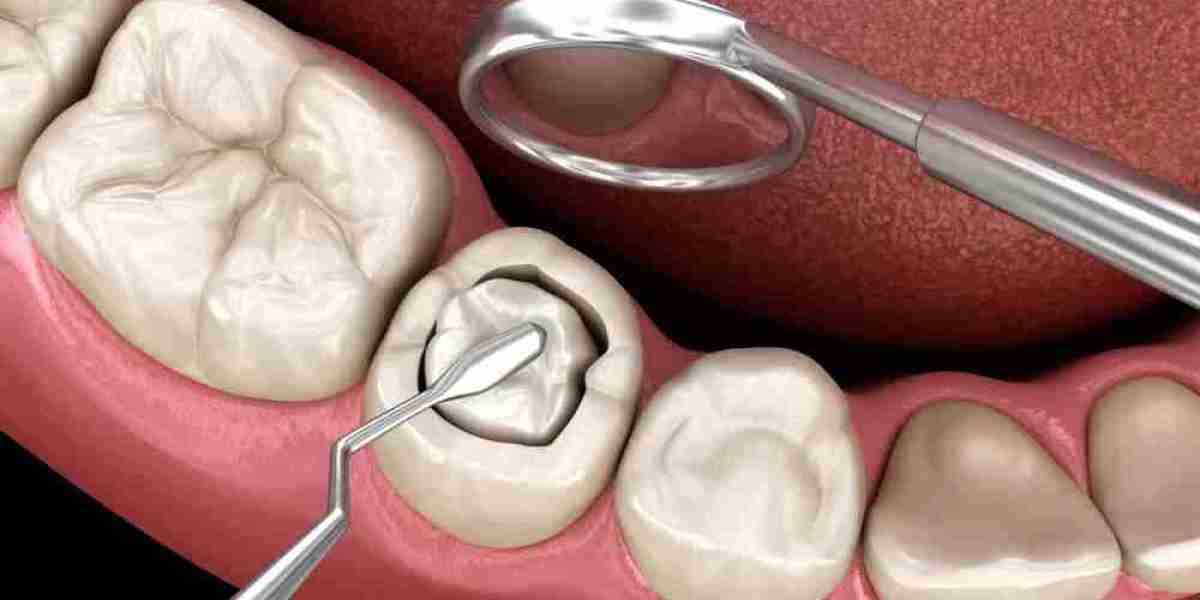What Is a Portable Laser Cleaning Machine?
A portable laser cleaning machine is an advanced, non-contact tool that removes rust, paint, oxides, grease, and other surface contaminants using laser technology. Unlike traditional cleaning methods such as sandblasting or chemical treatments, laser cleaners are eco-friendly, highly precise, and safe for both user and material.
This technology has seen growing adoption across industries due to its efficiency, portability, and minimal operational cost. Whether used in automotive restoration, aerospace, or heritage conservation, portable laser cleaning machines provide unmatched control and cleanliness.
Why Portable Laser Cleaning Is Gaining Traction
Laser cleaning machines combine efficiency and mobility, making them ideal for both in-house operations and fieldwork. Here’s what makes them stand out:
Non-abrasive: No damage to substrates.
Eco-friendly: No chemicals, minimal waste.
Minimal maintenance: No consumables or complex upkeep.
Precision targeting: Only contaminant layers are removed.
Portability: Lightweight and easy to transport to job sites.
Top Use Cases Across Industries
| Industry | Application |
|---|---|
| Automotive | Rust removal, paint stripping, engine part cleaning |
| Manufacturing | Mold cleaning, weld preparation |
| Aerospace | Oxide layer removal, composite part treatment |
| Art & Heritage | Conservation of statues, artifacts, and monuments |
| Oil & Gas | Pipeline maintenance, corrosion removal |
How Portable Laser Cleaners Work: A Quick Technical Dive
Laser cleaners emit pulses of high-energy light that:
Absorb into surface contaminants, causing them to expand and detach.
Leave the base material untouched.
The process is controlled, safe for intricate detailing, and customizable for depth and speed.
There are typically two types of laser sources used:
Fiber Lasers: Efficient, stable, long service life.
CO₂ Lasers: Suitable for non-metal surfaces, less common in portable devices.
Key Specifications to Consider
When choosing a portable laser cleaning machine, pay attention to:
| Feature | Importance |
|---|---|
| Power Output (W) | Affects cleaning speed and depth |
| Pulse Width | Determines accuracy and substrate safety |
| Beam Focus Control | Enables detail work and surface protection |
| Weight & Ergonomics | Essential for portability |
| Cooling System | Prevents overheating during extended use |
Real-World Efficiency Data
Cleaning Rate: Up to 15 m²/hour depending on power level and material.
Laser Lifespan: Typically over 100,000 hours.
Noise Level: <75 dB for most models, allowing indoor use.
Power Efficiency: High-end systems convert 70%+ of electricity into effective beam power.
Advantages of Going Portable
No setup delays – just plug and clean.
Accessible for small businesses – cost-effective entry into industrial-grade cleaning.
Safe for sensitive components – removes only unwanted material.
Portable laser cleaning is particularly useful for operations requiring on-site cleaning in constrained environments, like restoration work on tall buildings or complex machinery.
FAQs
Q1: Is laser cleaning safe for all surfaces?
A: It’s safe for most metals, ceramics, and stone. However, heat-sensitive plastics or painted substrates may require testing first.
Q2: What power level should I choose?
A: 50W–100W is ideal for light tasks; 200W–500W for industrial-grade rust or paint removal.
Q3: Does it require protective gear?
A: Yes. Operators must wear laser safety glasses and follow proper shielding practices.
Q4: How long does cleaning take?
A: Depends on layer thickness and laser power. Light rust may take a few seconds per square inch, while heavy paint may require multiple passes.
Q5: Are there any ongoing costs?
A: Minimal. No chemicals, no abrasive media—only electricity and rare part replacements.
Expert Insights
Based on expert field usage, the ROI (Return on Investment) is typically achieved within 12–18 months, depending on use frequency. Users have reported significant savings on labor and materials after replacing sandblasting systems.
Additionally, institutions like the National Institute of Standards and Technology (NIST) have studied laser surface treatments and noted their high accuracy and reduced environmental impact.
Pro Tips for Optimal Results
Use adjustable focal lengths for intricate cleaning.
Operate in a dust-controlled environment to avoid recontamination.
For long sessions, choose machines with active cooling systems.
Perform a surface test to fine-tune beam intensity.
Final Thought
Whether you’re in heavy manufacturing or precision restoration, a portable laser cleaning machine brings mobility, accuracy, and sustainability into your operations. It's more than a tool—it’s a technological leap in surface preparation and material care.




